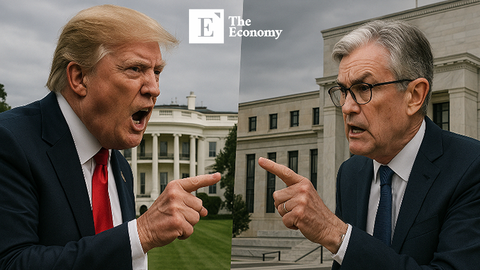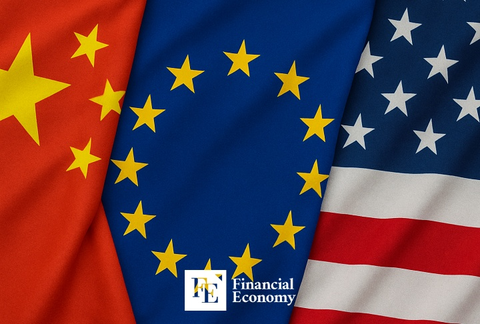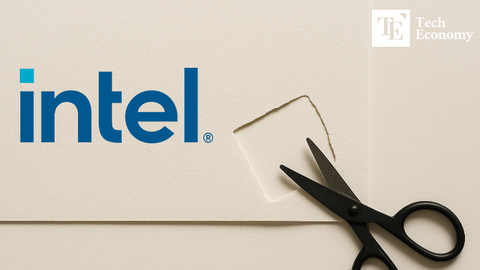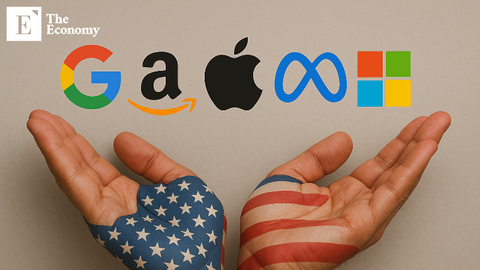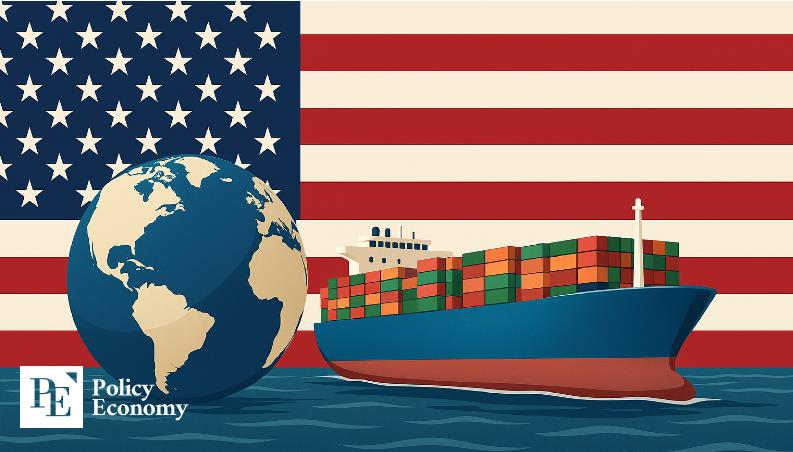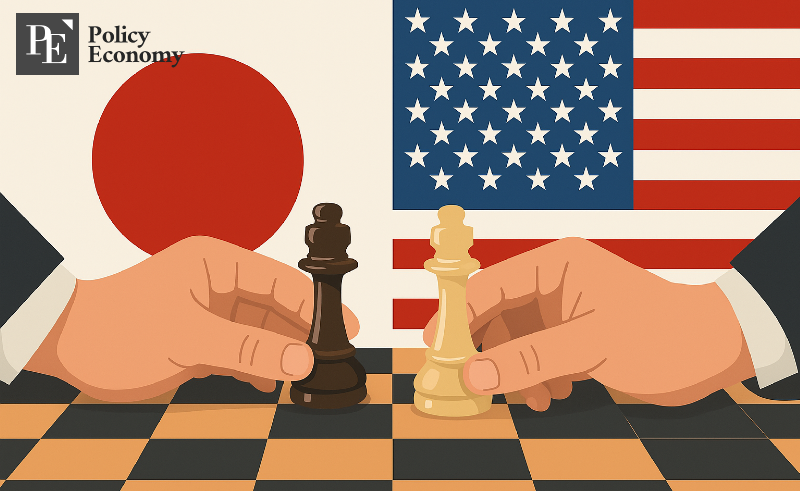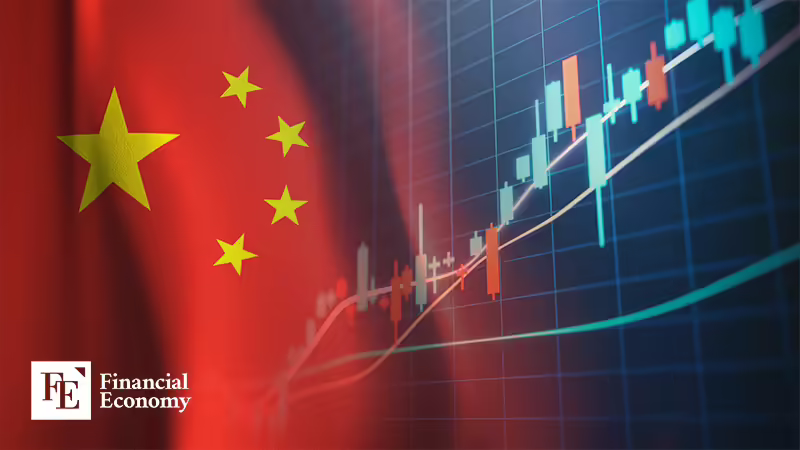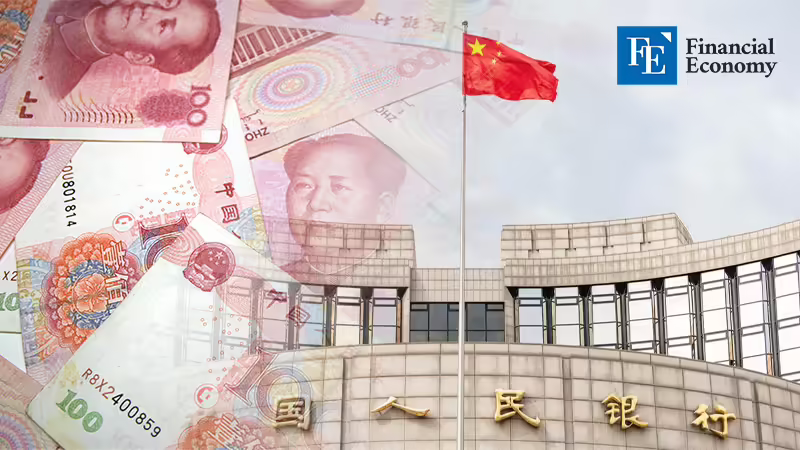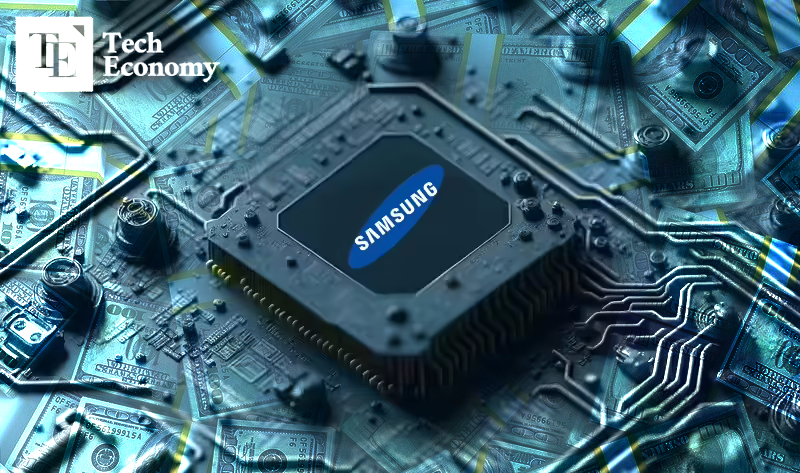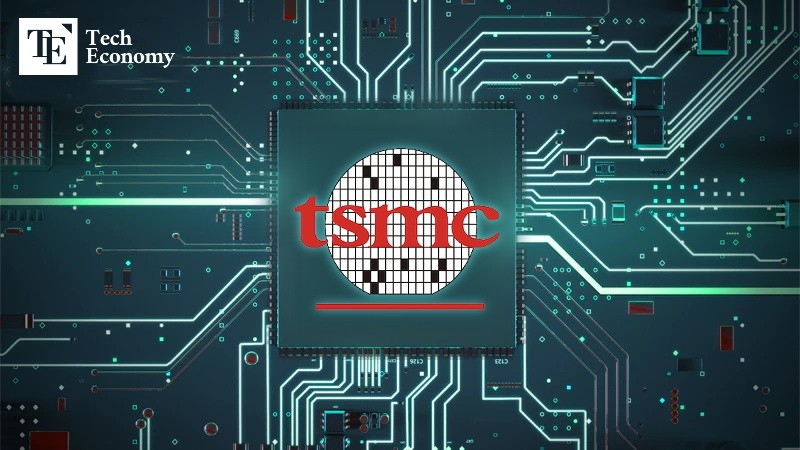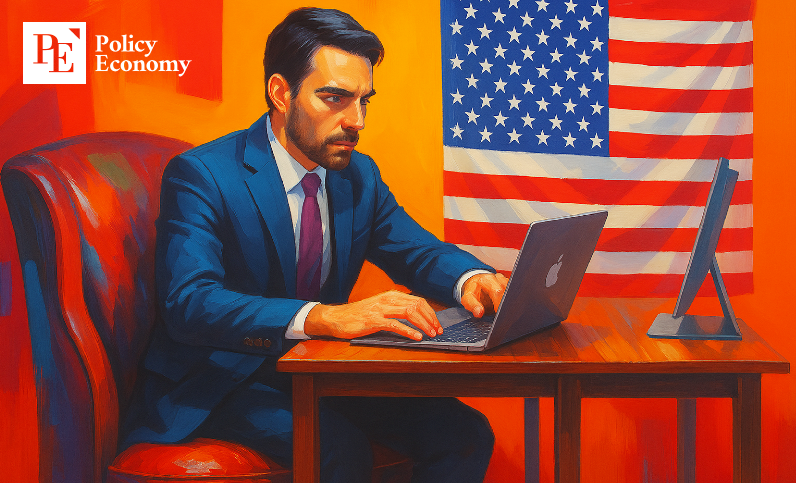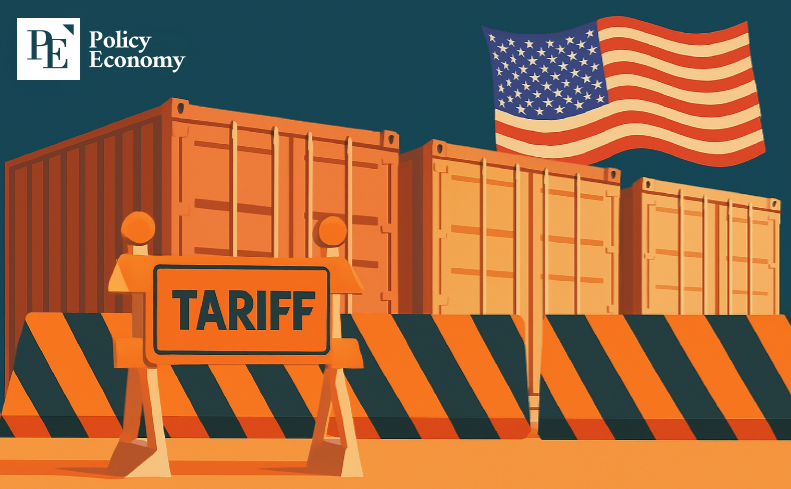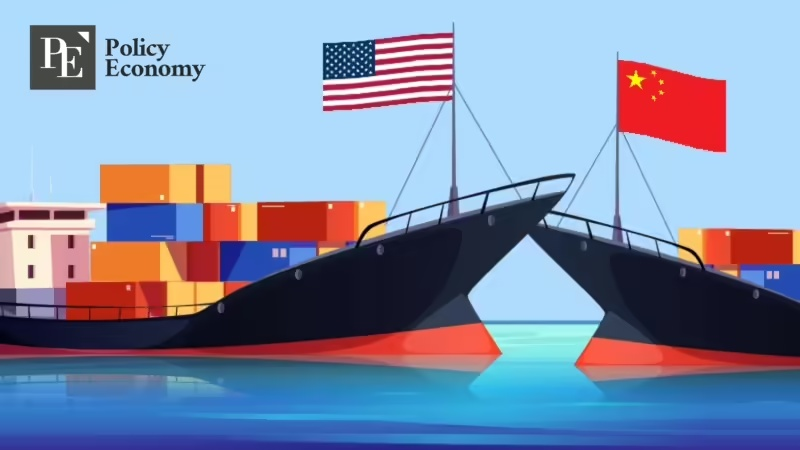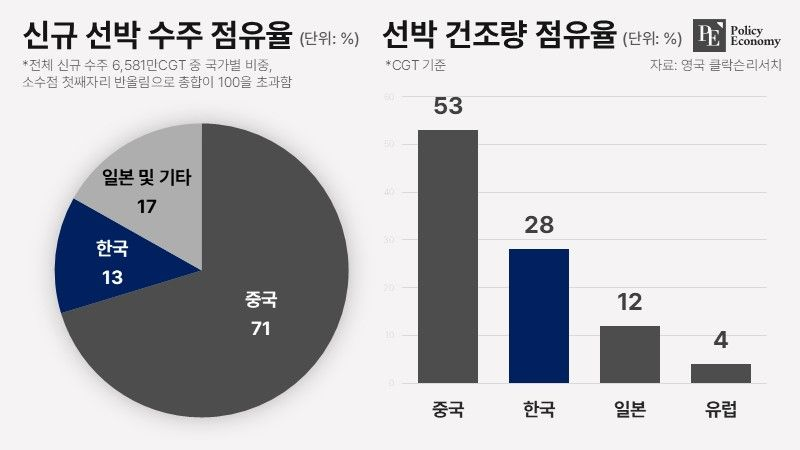“Smartphones and Electronics Won’t Be Spared”: Trump’s Erratic Tariff Policy Raises Alarm
Input
Changed
U.S. Weighs Product-Specific Tariffs on Smartphones and Other Devices Electronics Temporarily Exempt from Reciprocal Tariffs Major Corporations Expected to Continue ‘China Exit’ Strategy
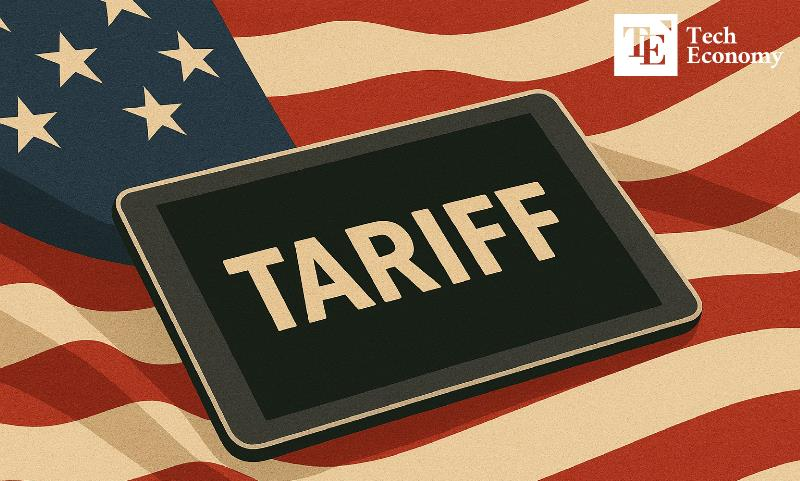
The U.S. government has abruptly reversed its earlier stance that smartphones, computers, and other electronics would be exempt from tariffs. While electronic devices remain excluded from the recently imposed reciprocal tariffs, Washington has now made clear that product-specific duties—including those on semiconductors—could still be imposed under Section 232 of the Trade Expansion Act. Analysts say that even if electronics avoid the brunt of reciprocal tariffs, the broader uncertainty is likely to accelerate the ongoing “China exit” trend among tech companies.
U.S. to Impose Tariffs on Electronics—No Exemptions, Says Trump
On April 13 (Korean time), President Donald Trump posted on his social media platform Truth Social, clarifying that “no tariff exemptions were announced last Friday (April 11)”. He stated that products like smartphones and computers are still subject to the existing 20% “fentanyl tariff”, and the only change is that they are being reassigned under a different tariff category.
Trump added that an upcoming Section 232 national security investigation will examine the entire electronics supply chain, including semiconductors. “What this tells us is simple,” he wrote. “Products must be made in America. We cannot remain hostages to hostile trading nations like China.”
Previously, on April 2, Trump had announced broad new tariffs on nearly all trading partners while stating that semiconductors would be exempt. On April 11, through a presidential memorandum, the administration specified 19 types of semiconductors as exempt and even included finished products containing semiconductors, such as smartphones. This had fueled market speculation that Trump might be easing tariffs on electronics altogether.
Apple’s China Exit Strategy Gains Momentum
Senior U.S. officials further clarified the policy in media appearances that day:
Commerce Secretary Howard Lutnick told ABC News that although some items appear on the customs exemption list, they will be included in the forthcoming semiconductor tariff—noting, “This is not negotiable, and not something the President can bargain away.”
USTR representative Jamieson Greer emphasized, “Even calling it an exemption is misleading. It’s not that these products aren’t being taxed; they’re simply governed under a different framework.”
Despite the formal classification of electronics within a separate tariff scheme, the trend of de-risking from China continues across the tech sector. A growing number of global companies are reducing dependence on China to minimize exposure to U.S.–China trade war risks. Apple, which manufactures 90% of iPhones in China, is a prime example. In recent years, it has expanded production in India to adapt to U.S. trade pressures. According to Bloomberg, from April 2023 to March 2024, Apple produced $22 billion worth of iPhones in India—a 60% year-over-year increase, now accounting for approximately 20% of global iPhone production.
Most of this output is for export markets, not domestic Indian sales. India’s Ministry of Technology reports that in the 12 months ending March 2025, iPhones worth ₹1.5 trillion (≈$17.6 billion) were exported. Forecasts by JPMorgan Chase and Bank of America estimate that India could produce 25% of all iPhones globally by 2027. The Financial Times even noted that mobile phones have overtaken diamonds as India’s top export product.
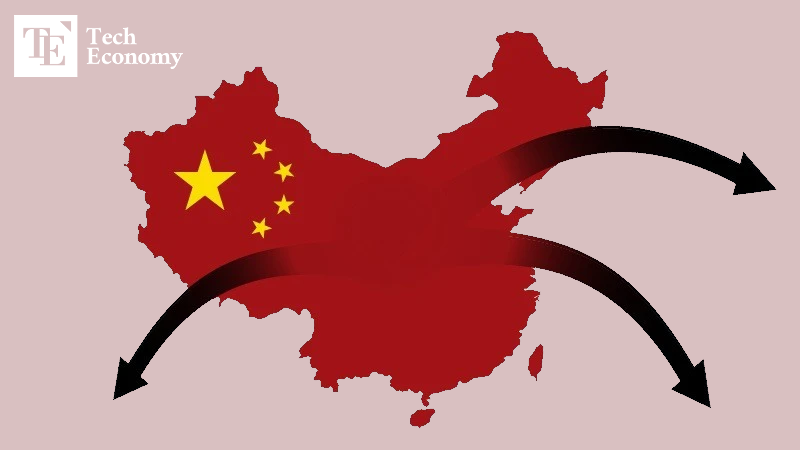
More Firms Embrace ‘ABC’ Strategy: Anywhere But China
Apple is not alone. Many companies are embracing not just “China Plus One” strategies, but the more drastic "ABC—Anything But China"—approach. According to a February survey by the American Chamber of Commerce in China, 30% of 368 respondents were actively diversifying manufacturing and sourcing operations outside China.
This shift is particularly noticeable in semiconductors, the battleground of U.S.–China tech rivalry. Since the U.S. restricted exports of AI chips to China in October 2022, semiconductor firms have been relocating assembly facilities to Mexico and Malaysia.
Applied Materials and Lam Research, major semiconductor equipment firms, have cut off Chinese clients under U.S. pressure.
Advanced Energy Industries, a power systems manufacturer, plans to shut its last plant in China by July 2025.
As companies accelerate their “de-China” strategies, Southeast Asia is emerging as a key beneficiary:
Vietnam has become a vital manufacturing hub for Apple and Samsung.
Malaysia has attracted large investments from Intel, GlobalFoundries, and Infineon.
Singapore, leveraging regulatory trust and financial infrastructure, has welcomed numerous regional headquarters.
Foreign direct investment (FDI) into Southeast Asia surged from $155 billion in 2018 to $230 billion in 2023, reflecting the region's growing role as a new manufacturing and supply chain hub.


